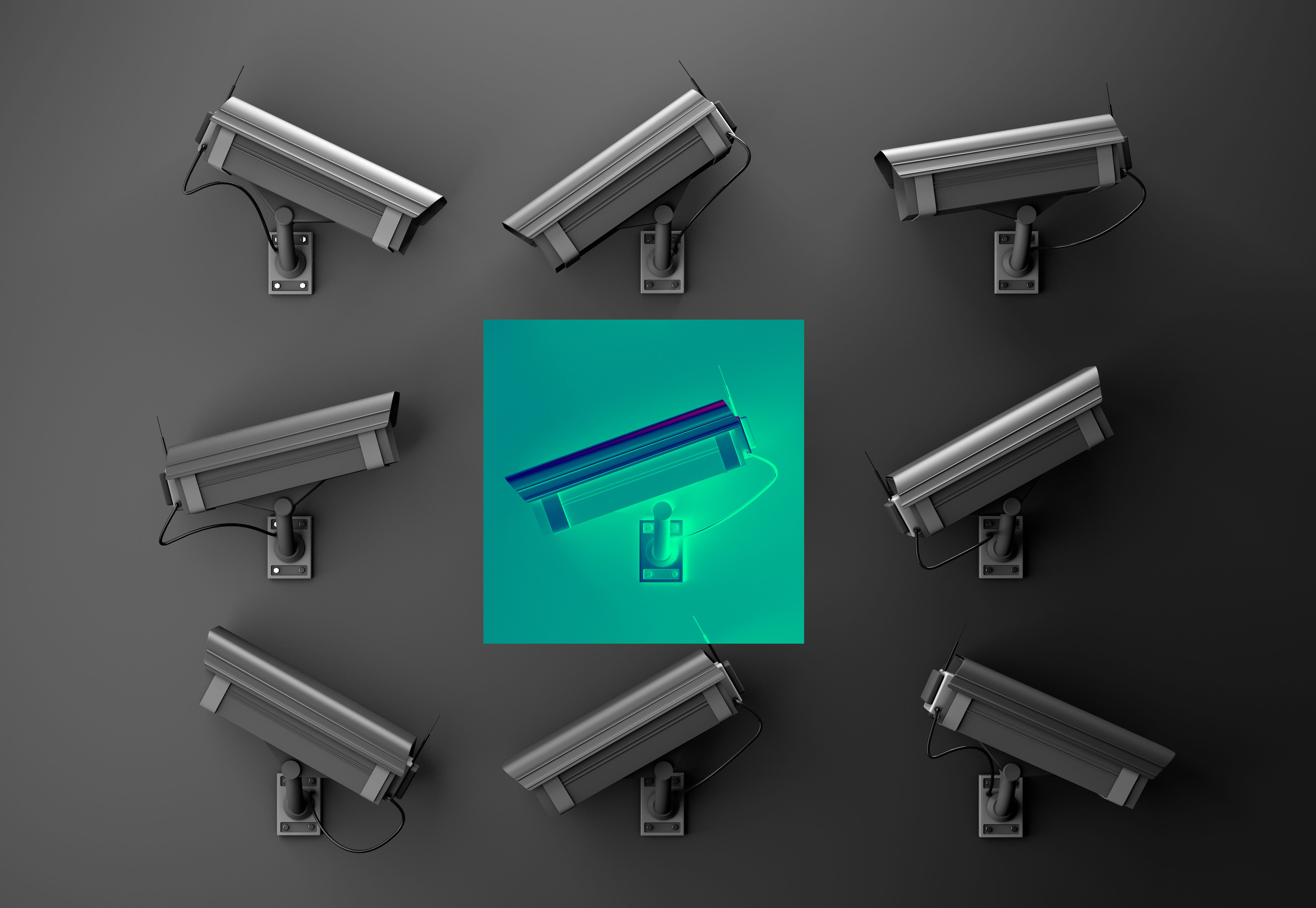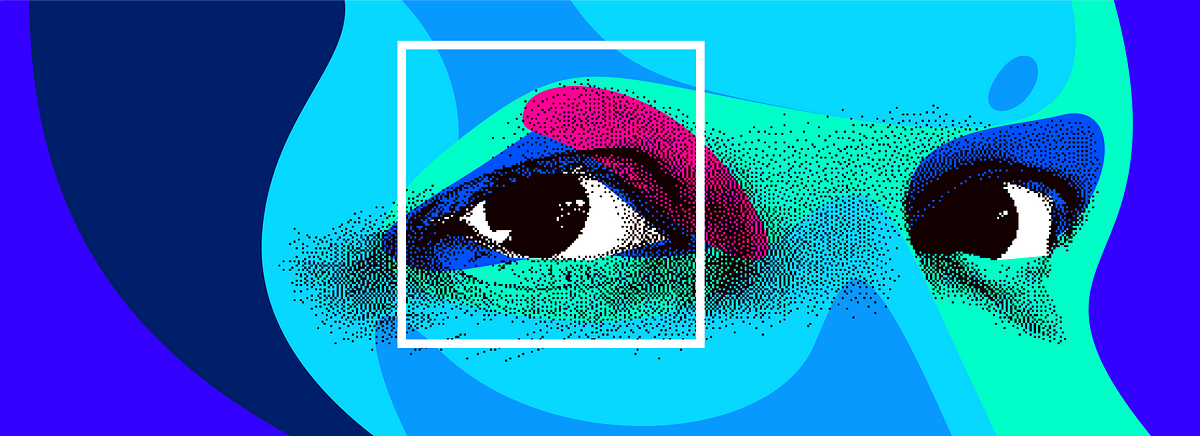As COVID-19 upends business as usual, I cannot help but look at this moment in time as a quickening of the three, primary converging forces that will define life on earth in the coming decades: climate change, rapid urbanization, and automation. These forces are putting increasing pressure on the economic, political, and social systems that have built our modern world.
The contemporary economy is fueled by the pursuit of endless growth, but often with little regard for the true environmental and social costs of achieving that goal. As old economic resources are exhausted, new ones must be found to keep the party going. Civilization marches forward in pursuit of new industries, advanced technologies, and novel forms of capital to power nascent empires of the next generation.
New digital empires are quickly emerging. The technology platforms that drive our experience of the world are growing in size and influence, expanding their reach into our everyday lives through automation technologies such as biometrics, autonomous robotics, and artificial intelligence.
The near future is increasingly integrated with intelligent machines. It’s a world where human experience is deeply augmented by technology and mediated through surveillance. Let us examine this path and consider the consequences of an emerging economic order which is increasingly driven by the extraction of a singular resource: your data.
Pandemics and the economics of access
It’s estimated that 68% of the world’s population will live in urban areas by the year 2050. As population density increases across the globe, the challenges of sustainable development, including affordable housing, clean energy, water security, and access to healthcare, continue to plague burgeoning megacities in both the developed and developing world.
Public health is being dramatically impacted by climate change, which is known to exacerbate the spread of infectious disease, and dense urban environments are Petri dishes waiting to be ravaged by novel pathogens. Yet, while population density appears to be a key factor in the spread of COVID-19, emerging data is showing that its only part of the story.
San Francisco, the second most densely-populated place in the U.S., has had significantly more success flattening its infection curve than less densely-populated metro areas, like Detroit and New Orleans, likely due to the city’s high levels of educational achievement, a highly remote-capable workforce in the tech industry, and lower rates of children per capita. The National Institutes of Health reports that those without a high school degree are more than twice as likely to die in any given year than those with a professional degree.
While many factors contribute to a region’s public health resiliency, these socioeconomic disparities in recovery suggest that some success in fighting the pandemic is correlated with a lack of diversity across class and demographic lines. As poorer, more socioeconomically diverse places are disproportionally affected by the new coronavirus, the public health consequences of our economic system are increasingly magnified.
Wealthy cities, like San Francisco, appear better-equipped to insulate against pandemics due to the socioeconomic structure of their societies. As disparity increases between the San Franciscos and Detroits of the world, keeping the rich places healthy and safe will start requiring more virtual gates to control the flow of people in and out.
Access to wealthy societies has historically been enforced through economic rents, but the current health crisis is hastening the deployment of advanced surveillance technologies to provide cities, nation-states, and corporations access to more information about the public in an effort to mitigate the social, economic, and security risks emerging in the age of COVID-19. The imperative to understand and predict citizen and consumer behavior across both the public and private sectors is driven by the need to manage risk.
Surveillance provides certainty, which is a valuable product in turbulent times, and the behavioral prediction models providing that certainty are for sale. Management consultants McKinsey & Company estimates that AI can provide a boost in additional value above and beyond traditional analytics techniques ranging up to 128 percent, depending on the industry. In fact, the artificial intelligence that powers surveillance was worth $1.8 trillion to enterprises in 2018 alone. It is estimated there will be 1 billion surveillance cameras around the world by 2021.
AI backbones power everything in the new economy: customer experience platforms, marketing automation, content news feeds, e-commerce systems, transportation and logistics infrastructure, manufacturing, and industrial robotics. It is also increasingly driving problematic decisions in law enforcement, immigration, and college admissions. The predictive models that AI and facial recognition canprovide to commercial and institutional customers have tremendous value, but they come at a cost.
Certainty is the opposite of freedom.
Maintaining a predictable order requires a strict set of rules to mitigate risk. The logic of algorithms helps mitigate risk by using massive amounts of data to build models that can be packaged and sold as behavioral prediction products. What you do, thinking, and feel is for sale to commercial and institutional customers.
Algorithms are known to be flawed and often re-enforce the existing biases of their makers, sometimes producing disastrous inequities and injustices. A study found that algorithms processing identical resumes were more likely to offer an interview to European sounding names than African sounding names. The United Nations has warned of the potential negative impacts of AI on freedom of expression and human rights.
As machine intelligence rises, often driving economic, political, and social decisions that are beyond a level of complexity that any human can understand, we must ask ourselves what role such technology will play in our lives?
When it comes to creating the artificial intelligence that powers the underlying social and economic systems of the next industrial era, who decides what goes into the algorithms? And, who decides who decides?

#biometrics #artificial-intelligence #facial-recognition #technology #economics
